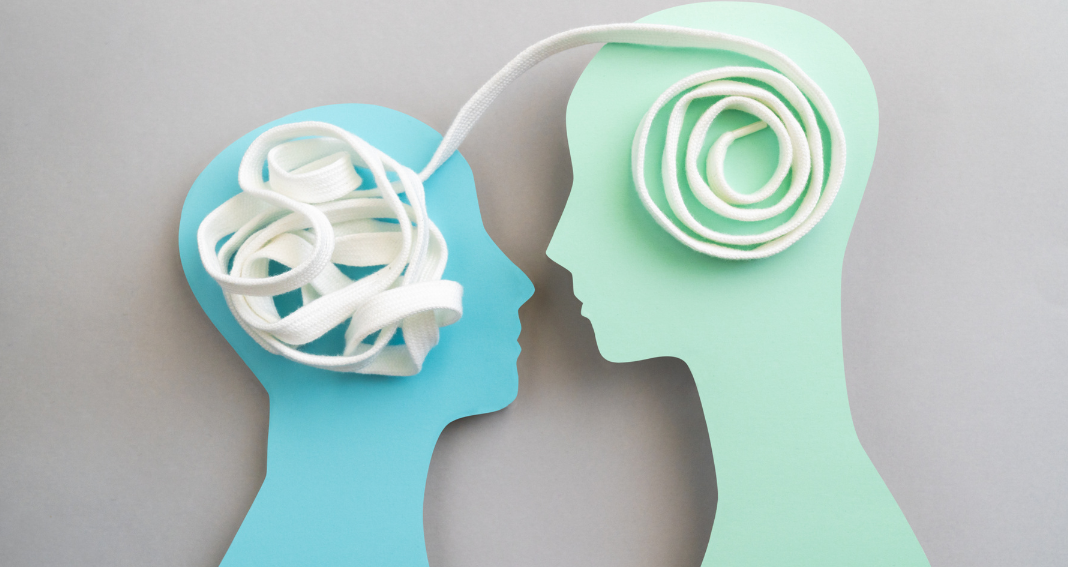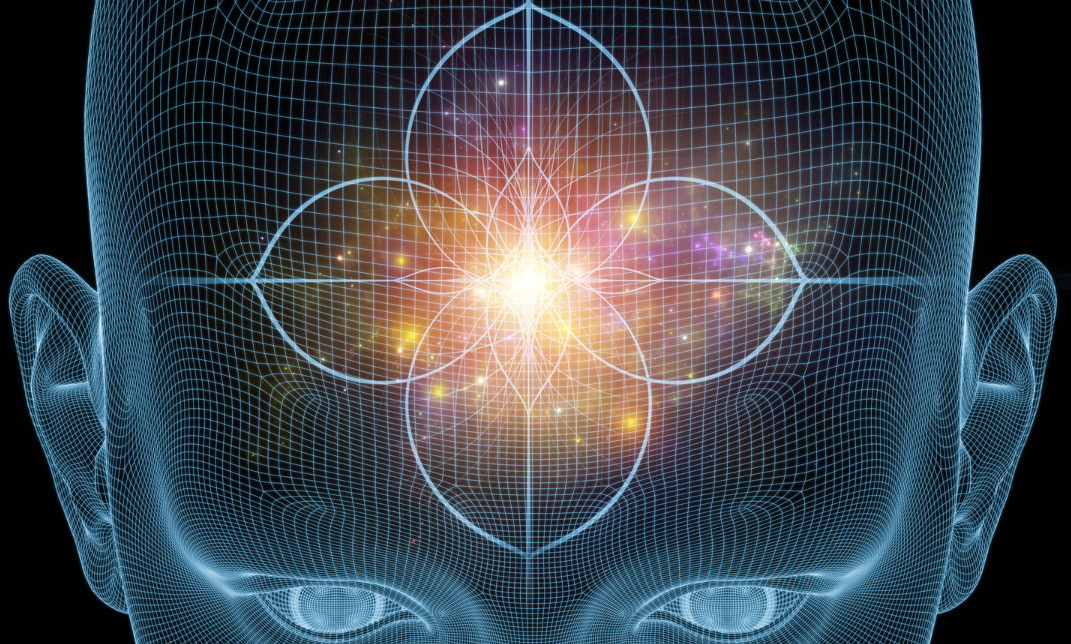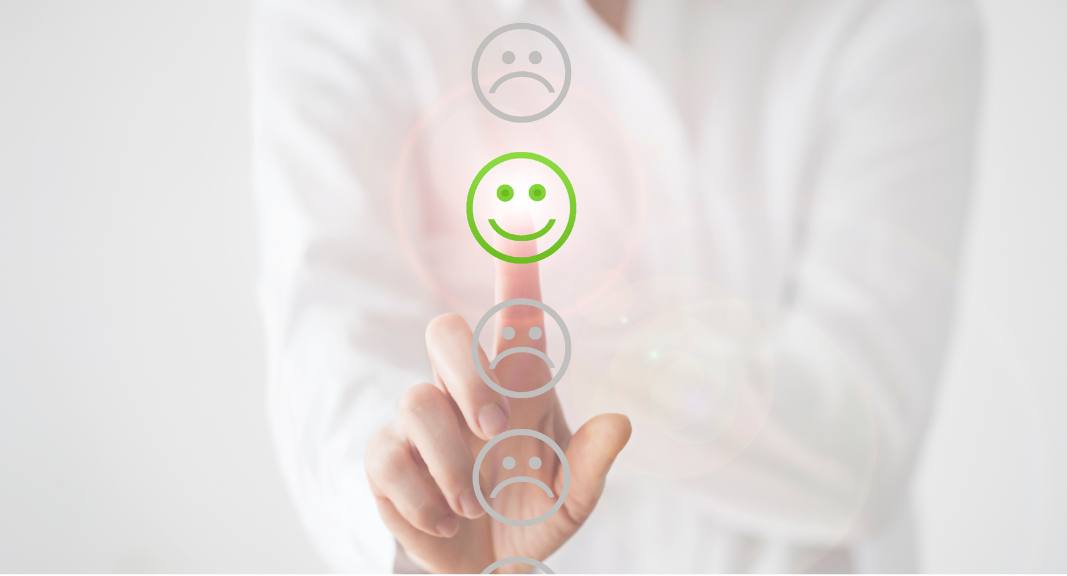The Beauty Outside-Inside-Out System for Holistic Skin Care and Well-Being: Advancing Spa and Wellness Practices
I write these words for you to read. You will process them internally, influenced by your perception, understanding, and emotions. This internal process will trigger a reaction that shows externally—through your thoughts, words, emotions, or even your skin. This is the essence of Beauty Outside-Inside-Out.
While it's common to think of beauty as "inside out," this system acknowledges the significant influence of what’s on the "outside" before it’s internalized. By understanding and addressing these external factors, we can better influence our internal state and, ultimately, how we express that state outwardly.
Wellness from the Outside In
Holistic approaches to beauty and wellness recognize the importance of what happens inside the body—your diet, thoughts, and internal health. The "inside-out" philosophy suggests that physical appearance reflects what’s happening within. While this is true, it’s only part of the story. The Beauty Outside-Inside-Out concept goes further, recognizing how external factors—the environment, experiences, relationships, and food—play a crucial role in shaping our internal state and, consequently, our external appearance and overall well-being.
In this article, we’ll explore how the Beauty Outside-Inside-Out system works, how it differs from traditional approaches, and how you can apply it in your wellness practice and daily life to achieve a deeper, more holistic sense of wellness and beauty. This journey begins by acknowledging the outside, understanding how it affects us internally, and consciously choosing how we express that internalized experience outwardly.
The Foundation of Outside-Inside-Out
The issue might not lie with the berries themselves, but with the chemicals they've absorbed
The Beauty Outside-Inside-Out concept emphasizes the significant impact of external influences on our internal state, which then shapes our outward expression. Every day, external factors—diet, environment, and relationships—are internalized, affecting our physical and emotional well-being.
Take diet, for example. Berries are often celebrated as a superfood, packed with antioxidants and vitamins that can enhance your health. What if you’re allergic to them? The issue might not lie with the berries themselves, but with the chemicals they've absorbed, such as pesticides. The source—whether organic or conventionally sprayed—can drastically change how you internalize and react to them. You might believe you're allergic to berries when, in reality, it's the pesticides causing the reaction.
Similarly, environmental factors and relationships play crucial roles. Subtle air quality issues can impact your respiratory health, leading to skin clarity problems. Positive relationships can uplift your spirits, while toxic ones might cause stress, manifesting physically as breakouts or tension. It’s not the external factors or the person themselves that cause stress. The stress comes from how your perception and emotional state process these influences, which then leads to outward effects.
True wellness requires acknowledging how these external conditions impact our internal processes and learning to manage them in a way that promotes healthier outcomes.
Emotional Memory, Behavior and Physical Response
Emotional memories can manifest physically and influence how we react to certain stimuli today
Our emotional and physical responses are often shaped by past experiences, many of which leave deep, lasting imprints on our psyche. These emotional memories can manifest physically and influence how we react to certain stimuli today. For example, a negative experience in childhood, such as an illness caused by a particular food, might lead to an aversion or even an allergy-like reaction to that food in adulthood. This reaction isn’t merely physical; it’s deeply tied to the emotional memory of that past experience.
These emotional responses can become so ingrained that they occur automatically, causing us to react without fully understanding why. This is particularly evident in interpersonal interactions. A person’s tone of voice, body language, or even their presence can trigger emotional memories, leading to stress or discomfort.
Processing Interpersonal Interactions
Positive connections can energize and uplift, negative experiences often leave us feeling emotionally drained
Interpersonal interactions are powerful external factors that not only shape our emotions but also have a direct impact on our physical well-being. While positive connections can energize and uplift, negative experiences often leave us feeling emotionally drained, with physical manifestations like stress-related skin issues or tension. Understanding the emotional triggers behind these reactions is crucial in managing how we internalize and express the effects of our relationships.
Building the Outside-Inside-Out Wellness System
Mindfulness is the cornerstone of the Outside-Inside-Out wellness system. The first step is to become aware of the external factors that influence us. This requires a conscious effort to observe and understand our environment, relationships, and experiences. Keeping a wellness journal can be a powerful tool for tracking these influences. By recording how different foods, environments, or interactions make you feel, you can begin to identify patterns and triggers. Once you’ve experienced positive results with this technique, you can share it with your spa and wellness guests.
Practicing meditation helps to quiet the mind, allowing you to observe external influences without immediate judgment or reaction. This practice enhances your ability to recognize subtle external factors that might otherwise go unnoticed.
Mindful Internalization
Once we’ve identified external influences, the next step is to internalize them mindfully. This means consciously processing these influences in a way that supports health and wellness. Selective focus is useful—by choosing to focus on positive aspects of an experience or interaction, you can mitigate the impact of negative influences.
Emotional regulation techniques, such as deep breathing or mindfulness exercises, help manage how you internalize external influences. These practices allow you to process emotions without being overwhelmed, reducing the likelihood of stress-related physical symptoms.
Proactive Expression
Consciously choosing how to externalize your internal state through your actions, relationships, and self-care practices.
The final step in the Outside-Inside-Out wellness system is to express what has been internalized in a way that enhances overall well-being. This involves consciously choosing how to externalize your internal state through your actions, relationships, and self-care practices. Keep in mind, the purpose of this system is to improve skin health and physical well-being, ultimately benefiting both you as a therapist and your clients.
Practical Application the OIO System in Professional Practice
Integrating the Outside-Inside-Out (OIO) system into your professional practice involves evaluating your clients' external and internal factors to provide tailored, holistic care. While formal evaluations have their place, much can be gleaned through casual conversation and observation. By noting body language and responses to different situations, you can often uncover triggers that might be missed in a more structured setting.
Conduct a Holistic Consultation:
Assess lifestyle, environment, and relationships.
Explore diet, food quality, and any known sensitivities (keeping in mind that diagnosing and recommendations for diet may be outside your scope of practice).
Consider exposure to pollutants or allergens that might impact skin health.
Create a Comprehensive Profile and Treatment Plan:
Inquire about stress levels and interpersonal relationships while mainataining professionalism and staying within your scope of practice.
Identify external stressors and internal responses through casual conversation, observation, and formal assessments.
Design a treatment plan that address both visible skin conditions and underlying factors, and if beneficial, suggest alternate services.
Use systems within your expertise, such as suggesting journaling, meditation, or nature walks, to help clients become more self aware and recognize how external sources may affect their skin and overall wellness.
Tailor Approaches:
Adapt the OIO system to each client’s unique needs.
Experiment with different strategies to find what works best.
Encourage Active Participation in Self-Care:
Share insights with clients and involve them in their wellness journey.
Collaborate to create or encourage a personalized plan that fits their daily lives, including stress management techniques and skincare routines.
Customization and Flexibility
The OIO system is adaptable, allowing you to tailor your approach to each client’s needs. Every client’s situation is unique, and their skin issues may stem from a combination of factors. The flexibility of the OIO system enables you to experiment with different strategies to see what works best for each individual.
Encourage your clients to be active participants in their wellness journey. Share insights from your evaluation and explain how their lifestyle choices and environmental exposures might be affecting their skin. Work together to create a personalized plan that they can realistically integrate into their daily lives, whether it involves dietary adjustments, stress management techniques, or specific skincare routines.
Start Your OIO Care
The Beauty Outside-Inside-Out system provides a comprehensive approach to skin and wellness care by recognizing the connection between external influences and internal states. By understanding and balancing these factors, you can create personalized treatments that address both symptoms and root causes of skin conditions. This holistic approach enables you to craft individualized plans that promote overall well-being, enhancing your ability to treat skin issues while fostering deeper connections with your clients. Ultimately, focusing on both external and internal factors helps you and your clients achieve not just healthier skin, but a more balanced and harmonious life.
To You, The Wellness Professional
If you’re a professional, it’s time to integrate the principles of the Outside-Inside-Out system into your practice. Begin by guiding your clients to observe the external factors in their lives—such as their environment, relationships, and daily habits—and consider how these might be influencing their internal state. Encourage them to reflect on how these external influences are affecting their emotional and physical well-being and use this awareness to make more informed, intentional decisions.
As you guide your clients, apply the OIO principles to your own life. Observe the external factors that impact you personally—your surroundings, interactions, and lifestyle choices. Notice how these elements influence your internal state, both emotionally and physically. By internalizing these connections with intention, you not only enhance your own well-being but also deepen your understanding of the OIO system, making you a more effective and empathetic practitioner.
Concluding Insight
Remember, true beauty and wellness are not just about what’s happening on the inside or the outside—they are about the dynamic relationship between the two. What are you internalizing from your external world, and how is it shaping who you are? Take a moment to reflect on this interplay and consider how you can cultivate a life that honors the profound connection between the outside and the inside. The journey to a more balanced and harmonious life begins with a single, intentional step.







